Flood devastation worsens in Pakistan’s Punjab province, South Punjab among worst-hit
Over 4 million people affected as Pakistan's largest province battles what officials call an 'unprecedented crisis'

Laiba Zainab
Correspondent
Laiba Zainab is an award-winning journalist with nearly a decade of experience in digital media. She has received the DW & CEJ-IBA Data Journalism Award and the top digital media prize at the National Media Fellowship. At NUKTA, she covers underreported stories on health, crime, and social justice.
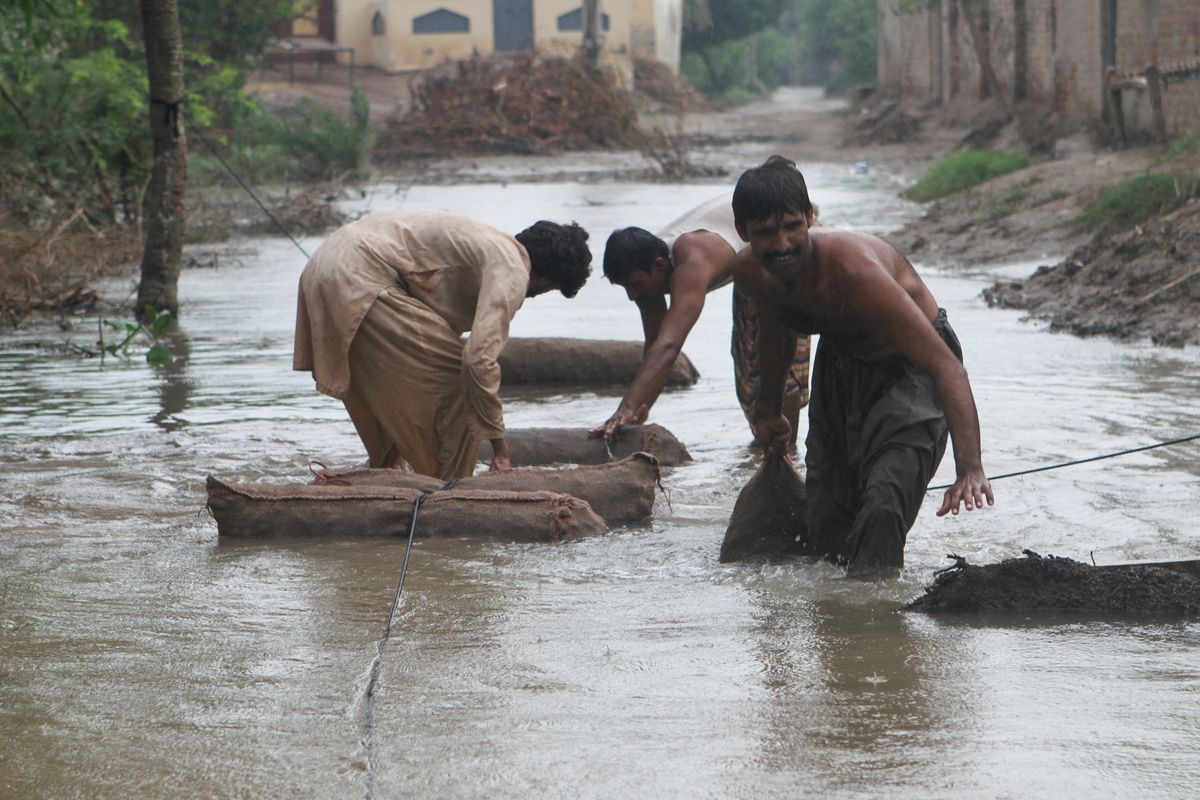
Farmers move sacks of taro root vegetable through a flooded street amid rain, following monsoon rains and rising water levels of the Chenab River, in Qasim Bela village on the outskirts of Multan, Punjab province, Pakistan September 7, 2025.
Reuters
Pakistan’s most populous province, Punjab, is reeling from one of its worst flood disasters in decades, as overflowing rivers and torrential rains devastate farmland, submerge villages, and displace millions of people. Officials say southern Punjab is the hardest-hit region.
According to the Irrigation Department and Provincial Disaster Management Authority (PDMA), major rivers — including the Sutlej, Chenab, and Ravi — are at exceptionally high flood levels, forcing mass evacuations and straining rescue efforts.
Rivers overflowing across Punjab
At Ganda Singh Wala, near the Indian border, the Sutlej River is flowing at 319,000 cusecs (cubic feet per second), while the discharge at Sulemanki Headworks reached 135,000 cusecs. The Chenab River at Trimmu Headworks has recorded 543,000 cusecs, and Panjnad is releasing 564,000 cusecs.
The Ravi River at Shahdara, outside Lahore, is witnessing 90,000 cusecs, and Sidhnai has reported 123,000 cusecs. Authorities have declared “very high flood” conditions across multiple barrages, warning that continued rains in upstream areas of India could worsen the crisis.
'12 to 13 feet of water in our homes'
In Multan, Muzaffargarh, and Jhang districts, thousands of families displaced by floods are camped out along embankments with little shelter. Many are surviving under plastic sheets, as children and the elderly fall sick in unhygienic conditions.
“We are stuck here with all our belongings because relief camps do not permit families to bring household items,” survivors in Multan told Nukta. Welfare groups are providing food and basic supplies, but residents say tents, medical aid, and milk for children are urgently needed.
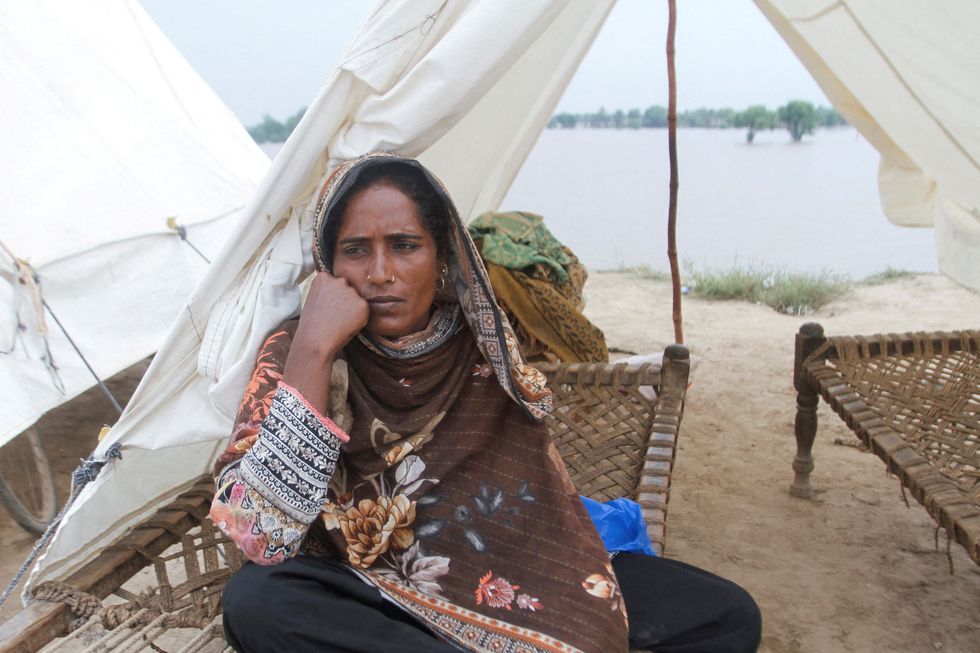
In Jalalpur Pirwala, floodwaters swept into populated areas, damaging homes and cutting off road access. The Pakistan Army, Rescue 1122, and local authorities have deployed 27 boats, along with helicopters, to rescue stranded families.
On Sunday, mosque loudspeakers urged residents to evacuate immediately. Locals accused the government of failing to respond on time. “There is 12 to 13 feet of water in our homes, and families are stuck on rooftops,” one resident said. “To save the lands of some feudal lords, our people have been left to die or fend for themselves.”
Hill torrents and embankment collapse
In Dera Ghazi Khan, flash floods triggered by heavy rains sent torrents rushing down from surrounding hills. Authorities reported flows of 5,511 cusecs in Vahwa and 3,675 cusecs in Sanghar streams, though they said the situation remains “under control.”
In Vehari district, embankments collapsed at Qazi Kallra and Gowans, cutting off at least eight villages from nearby towns.
Villages submerged in Bahawalpur
In Bahawalpur district, floodwaters from the Sutlej River submerged 15 villages in Mouza Baqar Pura and destroyed more than 5,000 homes. Families said they were left to migrate without government assistance.
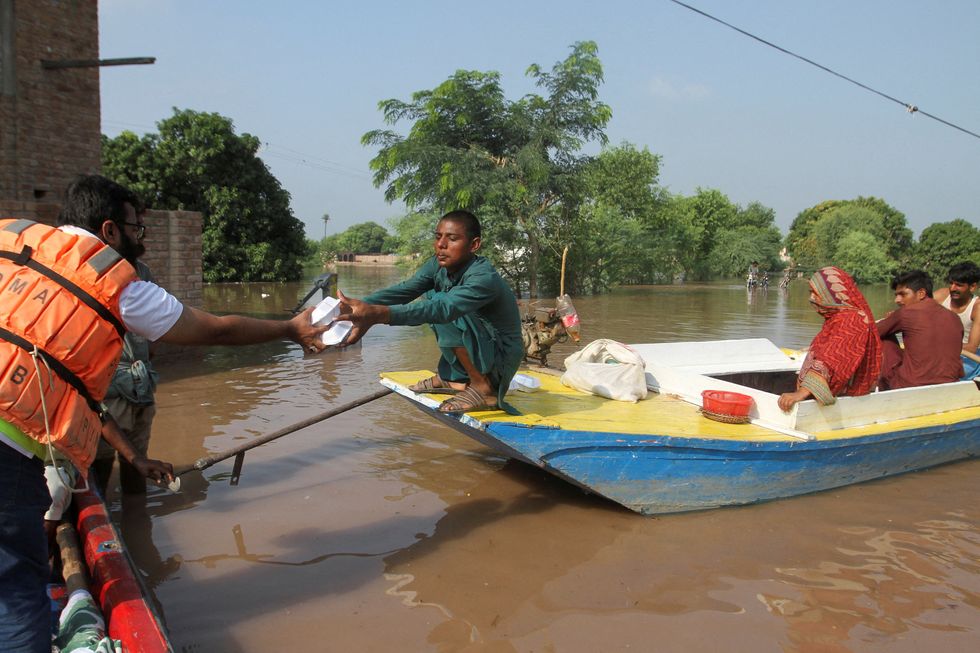
Tensions flared after reports that local landlords allegedly deliberately opened irrigation channels, worsening the inundation.
Livestock fodder is running out, and only one relief camp has been set up 15 kilometers away, making it inaccessible for many.
Residents compared the crisis to 1988, saying it is the first time since then that waters have reached as far as the Baqar Pura bypass.
Relief response
Punjab Chief Minister Maryam Nawaz Sharif said on social media that provincial authorities, the army, and Rescue 1122 are “fully engaged” in evacuations. “Most of the population has already been shifted to safer places,” she said.
Punjab Information Minister Azma Bukhari said the floods have created an “unprecedented crisis.” She confirmed:
- More than 4,300 villages have been affected.
- 4.19 million people are flood-hit, with over 2.1 million evacuated.
- Nearly 1.55 million livestock have been relocated, but more than 1,500 animals have perished.
- Over 1.84 million acres of crops are destroyed, driving up food prices.
- At least 60 people have died, and eight others have been injured in flood-related incidents.
She described the effort as “the country’s largest-ever rescue operation,” citing drone-assisted rescues in Jalalpur Pirwala and the evacuation of 10,000 people in Multan.
Bukhari warned of risks of disease outbreaks, including dengue fever. She said the Water and Sanitation Agency has delivered more than 500,000 liters of drinking water and 160,000 bottled water units in four days. Anti-dengue spraying campaigns are underway.
“People must understand this is no small matter — this flood is not entertainment,” she said, urging citizens not to wade into waters for social media videos.
Alert remains in place
The PDMA has issued a high flood alert until Tuesday, warning of further inflows from India’s Harike and Ferozepur streams. Emergency helplines remain active.
Officials said all flood torrents are ultimately draining into the Indus River, Pakistan’s lifeline waterway, with Kot Mithan in Rajanpur under medium flood pressure and the Rojhan Kacha region facing imminent threat.
Authorities warn that the crisis could deepen with continued rains in the coming days.



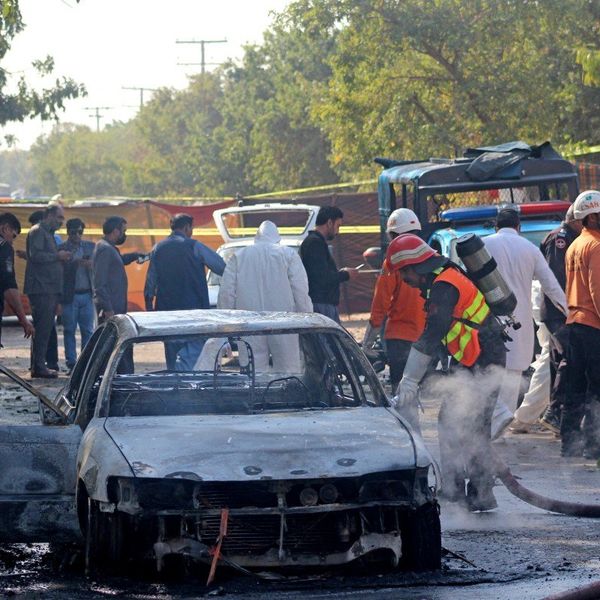

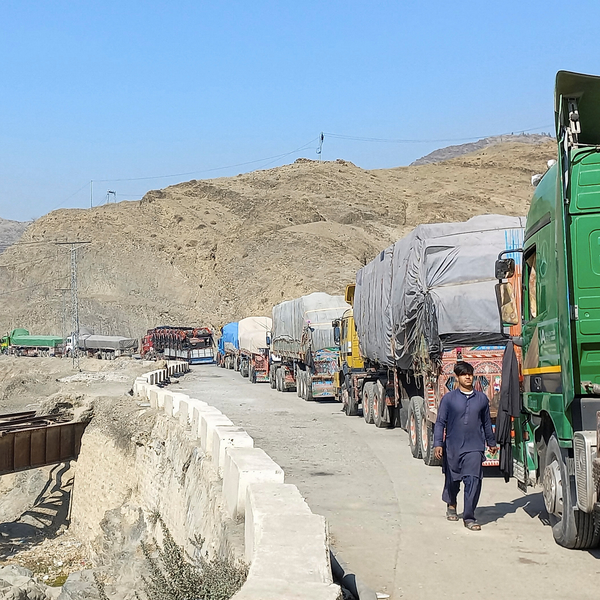




Comments
See what people are discussing